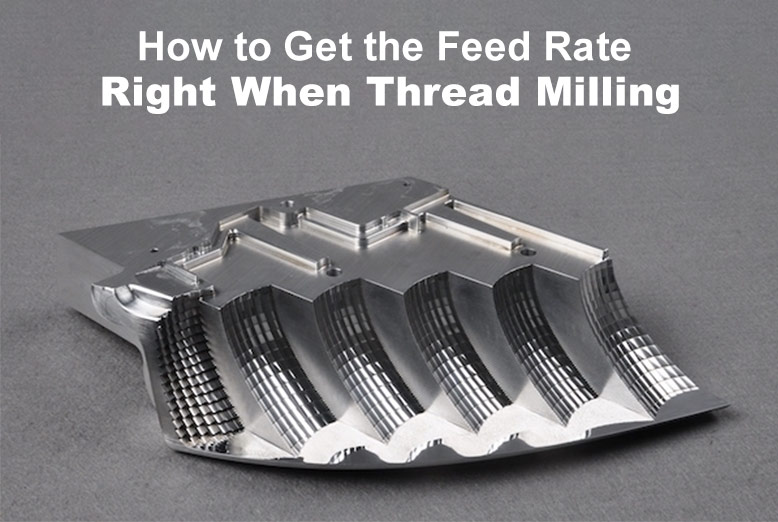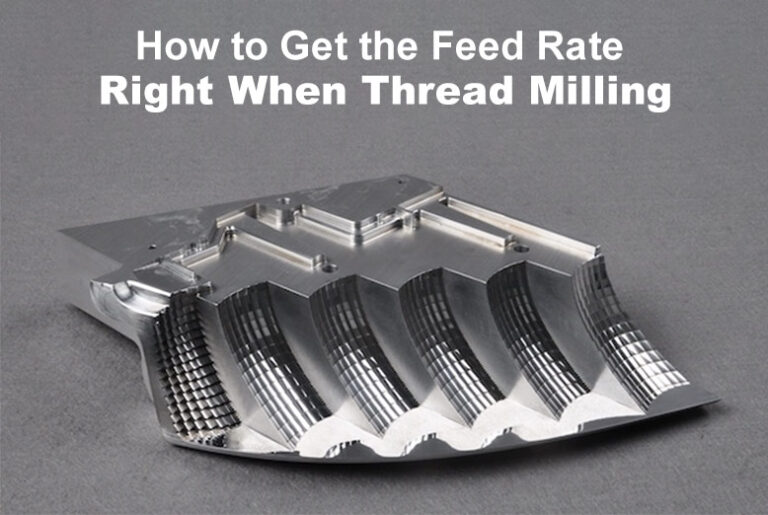If you’re considering upgrading your home, waterproof flooring is an excellent choice. Not only does it enhance the look of your home, but it also provides long-lasting durability and protection against spills, moisture, and every day wear and tear.
Whether you have pets or children or simply want a low-maintenance flooring option, waterproof flooring is a smart investment. Plus, it can help you save money by replacing your flooring less frequently due to damage or wear.
In this guide, we will cover everything you need to know about waterproof flooring, including the types available, benefits, installation process, and maintenance tips.
What is Waterproof Flooring?
Waterproof flooring is designed to resist water, making it ideal for areas prone to spills and moisture. Unlike traditional flooring, which can warp or deteriorate when exposed to water, waterproof flooring is built to withstand these challenges.
This makes it a popular choice for kitchens, bathrooms, basements, and even high-traffic living spaces. With advancements in flooring technology, homeowners now have access to a wide range of waterproof flooring options that not only provide protection but also mimic the appearance of natural materials like hardwood and stone.
Benefits of Waterproof Flooring
Waterproof flooring offers numerous benefits that make it a top choice for homeowners. From durability to easy maintenance, here are some of the key advantages of installing waterproof flooring in your home.
Whether you live in a climate with high humidity, have an active household, or simply want flooring that lasts for years, waterproof options can be the perfect solution.
Durability and Longevity
Waterproof flooring is designed to withstand moisture, spills, and even flooding. Unlike traditional hardwood or carpet, which can warp or stain from exposure to water, waterproof flooring remains intact. This durability extends the lifespan of your flooring, reducing the need for frequent replacements and costly repairs.
Cost-Effective Investment
One of the biggest advantages of waterproof flooring is its cost-effectiveness. Since it resists damage from water, you won’t have to replace it as often as other types of flooring. This means you can save money replacing your flooring over time, making it a budget-friendly choice for homeowners and business owners alike.
Low Maintenance and Easy Cleaning
Unlike carpet, which can absorb spills and develop mold or mildew, waterproof flooring is easy to clean and maintain. A simple sweep or mop can keep it looking new. This low-maintenance aspect not only saves you time but also reduces the cost of professional cleaning services.
Enhanced Aesthetic Appeal
Waterproof flooring comes in a variety of styles, including options that mimic the look of hardwood, stone, or tile. This means you can achieve the elegant appearance of traditional flooring materials without worrying about water damage. Whether you prefer a rustic or modern aesthetic, there are waterproof flooring options to match your décor.
Mold and Mildew Resistance
Water damage can lead to mold and mildew growth, which poses health risks and creates unpleasant odors. Waterproof flooring prevents moisture from seeping in, helping to maintain a healthier indoor environment. This feature is especially beneficial for households with children, pets, or individuals with allergies.
Ideal for High-Traffic Areas
If you have a busy household or a commercial space with high foot traffic, waterproof flooring is an excellent choice. It can withstand heavy use without showing signs of wear and tear. This makes it perfect for kitchens, bathrooms, basements, and entryways where spills and moisture are common.
Increases Home Value
Installing waterproof flooring is an attractive feature for potential homebuyers, making your home more desirable in the real estate market. Buyers appreciate the durability and low-maintenance nature of waterproof flooring, which can make your home stand out from others on the market.
Types of Waterproof Flooring
There are various types of waterproof flooring to choose from, each with unique benefits. Understanding the different options can help you select the best one for your home.
Luxury Vinyl Plank (LVP)
Luxury vinyl plank is a popular choice because it mimics the look of real wood while offering waterproof protection. It’s durable, easy to install, and budget-friendly. LVP is also available in a variety of colors and textures, allowing homeowners to customize their space without sacrificing durability.
Waterproof Laminate
Traditional laminate flooring is not water-resistant, but newer waterproof laminate options provide the same stylish look with added moisture protection. These laminates are made with advanced materials that prevent water from seeping into the core, ensuring long-lasting performance.
Tile Flooring
Porcelain and ceramic tiles are naturally waterproof and are often used in bathrooms and kitchens. They are highly durable and offer a wide range of design possibilities. From classic white subway tiles to intricate mosaic patterns, tile flooring provides endless customization options.
Waterproof Engineered Hardwood
For those who love real wood but need waterproof protection, engineered hardwood is a great option. It has a water-resistant core that helps prevent damage from spills and humidity. This type of flooring combines the beauty of natural wood with the practicality of moisture resistance.
Rubber Flooring
Commonly used in gyms and playrooms, rubber flooring is waterproof, cushioned, and easy to clean, making it a great option for high-impact areas. It provides excellent slip resistance and shock absorption, which is ideal for spaces where safety is a priority.
Where to Install Waterproof Flooring
Waterproof flooring is versatile and can be installed in almost any room in your home. Whether you need a solution for high-traffic areas or moisture-prone rooms, waterproof flooring is an excellent option. Here are some of the best areas to install waterproof flooring:
Kitchens
Kitchens are one of the most common places where waterproof flooring is beneficial. Spills, dropped food, and moisture from cooking can damage traditional flooring, but waterproof options ensure long-lasting durability. Luxury vinyl plank, tile, or waterproof laminate are excellent choices for a stylish and functional kitchen.
Bathrooms
Bathrooms experience constant exposure to water from showers, sinks, and toilets. Waterproof flooring prevents water damage, mold growth, and warping. Porcelain tiles, luxury vinyl, and waterproof laminate are great options for creating a beautiful and moisture-resistant bathroom space.
Basements
Basements are prone to high humidity and potential flooding, making waterproof flooring essential. Carpeting and traditional hardwood can become damaged quickly, but waterproof vinyl, rubber flooring, and tile offer durable solutions that withstand moisture and prevent mold buildup.
Laundry Rooms
Laundry rooms often have standing water from washing machines or spills from detergent and fabric softeners. A waterproof floor ensures protection against moisture, making cleanups easier while maintaining a stylish look. Vinyl plank, tile, or rubber flooring works well in laundry areas.
Living Rooms and Family Rooms
While many homeowners opt for carpet or hardwood in living spaces, waterproof flooring provides an excellent alternative. It offers durability for high-traffic areas, pet-friendly benefits, and ease of maintenance while maintaining a stylish and cozy look. Luxury vinyl and engineered hardwood are great choices.
Entryways and Mudrooms
These areas experience a lot of foot traffic and exposure to wet shoes, mud, and dirt. Waterproof flooring ensures that your floors won’t get damaged from frequent exposure to moisture. Tile and luxury vinyl are great for creating a durable and welcoming entrance.
Dining Rooms
Dining rooms are another great place to install waterproof flooring, especially for families with children or frequent gatherings. Spills are common in dining areas, and waterproof flooring ensures liquid doesn’t seep into the floors and cause damage. Vinyl plank, tile, and engineered hardwood provide both elegance and functionality.
Choosing the Right Waterproof Flooring for Your Home
When selecting waterproof flooring, consider the following factors:
Location and Usage
Different areas of the house have different needs. Kitchens and bathrooms require high water resistance, while living rooms may need a balance of durability and aesthetics. For basements and laundry rooms, mold and moisture resistance should be a priority. If you have pets or young children, opt for scratch-resistant and easy-to-clean options.
Budget
Waterproof flooring comes in various price ranges. Luxury vinyl and laminate are cost-effective, while tile and engineered hardwood can be pricier. Before making a choice, establish a budget that includes:
- material costs
- installation fees
- additional tools
- underlayment required
Style Preferences
Choose a flooring design that complements your home’s décor. Whether you prefer a rustic wood look, sleek stone patterns, or modern tile aesthetics, waterproof flooring has a variety of styles to choose from. Consider how the flooring will match your existing furniture and wall colors.
Installation Requirements
Some flooring types, such as vinyl and laminate, offer DIY-friendly installation, while tile and hardwood may require professional installation. If you’re planning a DIY project, choose a flooring type with an easy click-lock system. Professional installation might be necessary for large or complex areas, especially when dealing with tiles and grout.
Comfort and Insulation
Certain types of waterproof flooring offer better underfoot comfort and temperature control. Vinyl and cork flooring provide warmth and cushioning, making them ideal for living spaces and bedrooms. Tile and stone, on the other hand, are cooler and more suitable for hot climates but may require area rugs for added comfort.
Maintenance and Longevity
Different materials have different maintenance needs. Vinyl and laminate require minimal upkeep, while tile may need regular grout cleaning. Hardwood, even when waterproof, still requires some degree of care to prevent scratches and dents. Consider how much maintenance you’re willing to commit to before making a final decision.
Environmental Impact
Eco-conscious homeowners look for waterproof flooring made from sustainable or recycled materials. Cork and rubber flooring are natural and renewable options, while some vinyl flooring brands offer low-VOC (volatile organic compound) materials that improve indoor air quality.
By evaluating these factors, you can confidently choose the best waterproof flooring that fits your home’s needs, style, and budget.
How to Install Waterproof Flooring
Installing waterproof flooring can be a DIY project or done by professionals. While some types of flooring require specialized tools and expertise, others are designed for easy installation. Below is a step-by-step guide to installing waterproof flooring in your home.
Prepare the Subfloor
Before installing waterproof flooring, ensure that the subfloor is clean, dry, and level. Remove any old flooring, nails, or debris. If necessary, repair any imperfections in the subfloor, such as cracks or dips, to create a smooth surface for installation.
Measure and Plan
Take precise measurements of the room to determine how much flooring material is needed. Plan the layout to minimize waste and ensure a seamless look. When working with plank-style flooring, consider staggering the boards for a more natural and visually appealing appearance.
Install Underlayment (if needed)
Some waterproof flooring types, such as vinyl and laminate, require an underlayment to provide extra comfort, sound absorption, and moisture protection. Follow the manufacturer’s recommendations for underlayment installation to enhance the durability of your flooring.
Lay the Flooring
Depending on the type of flooring chosen, installation methods may vary:
Click-Lock System
Many luxury vinyl planks and waterproof laminate options feature a click-lock system, allowing pieces to snap together easily without glue or nails.
Glue-Down Flooring
Some waterproof flooring types require adhesive for installation. Spread the recommended adhesive evenly on the subfloor and press the flooring pieces firmly into place.
Floating Floor Installation
Floating floors do not require adhesive and rest directly on the subfloor or underlayment, making them an excellent choice for DIY installation.
Trim and Finish
Use a utility knife, jigsaw, or flooring cutter to trim pieces as needed, ensuring a perfect fit around walls, corners, and doorways. Once the flooring is installed, add baseboards or transition strips to create a polished and professional appearance.
Post-Installation Care
After installation, clean the floor to remove any dust or debris. Avoid placing heavy furniture on the new flooring for at least 24 hours to allow it to settle properly. Regular sweeping and occasional damp mopping will help maintain the beauty and longevity of your waterproof flooring.
Upgrade Your Home with Waterproof Flooring
Waterproof flooring is a game-changer for homeowners looking for durability, style, and easy maintenance. If you’re ready to transform your home with waterproof flooring, start by exploring different styles and materials to find the best fit for your needs. Whether you choose to DIY or hire a professional, upgrading your floors can enhance your home’s value, comfort, and appearance.
Are you ready to upgrade your home with waterproof flooring? Start your journey today by researching top brands, visiting local flooring stores, or consulting a professional to help bring your vision to life!
Keep the momentum going! Delve further into our treasure trove of resources by checking out more articles on our blog.
Also Read: The Top 10 Paint Companies in India [Updated 2025]











